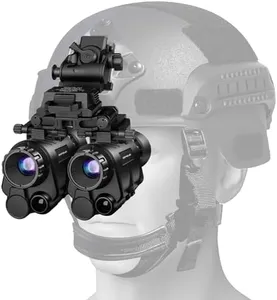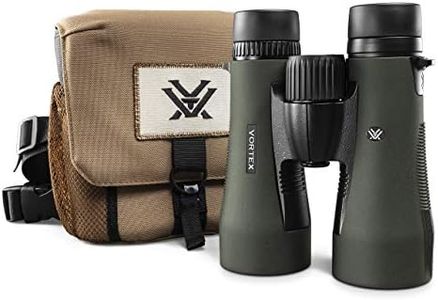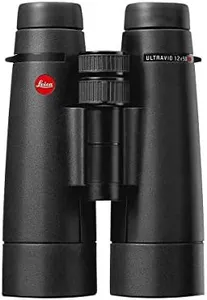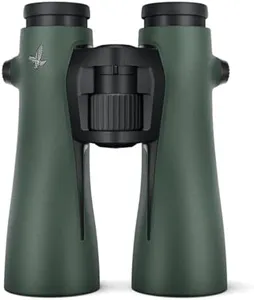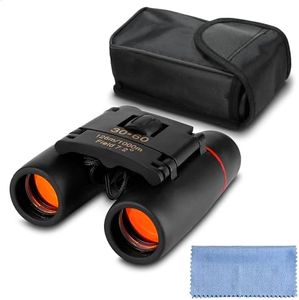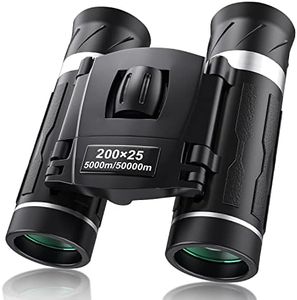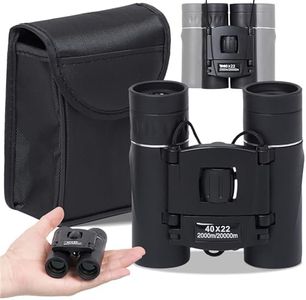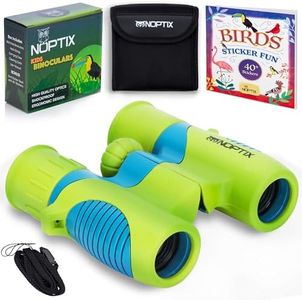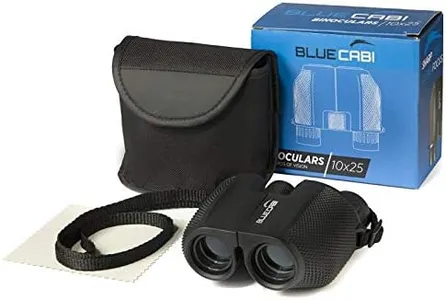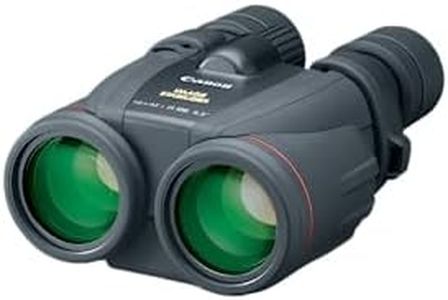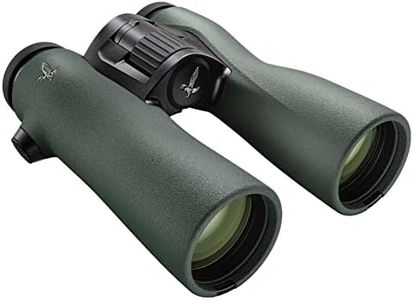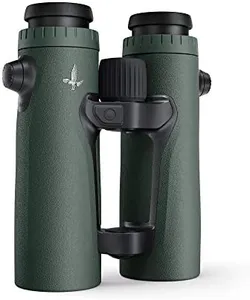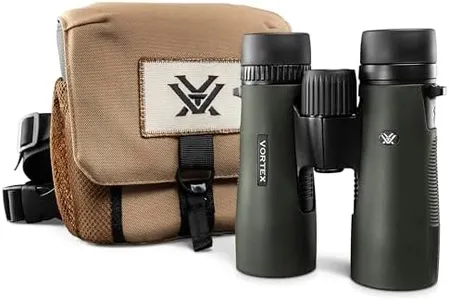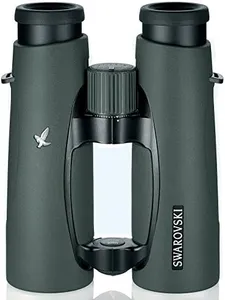10 Best Binoculars 2025 in the United States
Our technology thoroughly searches through the online shopping world, reviewing hundreds of sites. We then process and analyze this information, updating in real-time to bring you the latest top-rated products. This way, you always get the best and most current options available.

Our Top Picks
Winner
Vortex Optics Diamondback HD 15x56 Binoculars - HD Optical System, Non-slip Grip, Waterproof, Fogproof, Shockproof, Included GlassPak - Unlimited, Unconditional Warranty
Most important from
10209 reviews
The Vortex Optics Diamondback HD 15x56 binoculars are designed for serious outdoor use, such as western hunting or wildlife observation over long distances. With a high 15x magnification and large 56mm objective lenses, they gather plenty of light to deliver clear, bright images, even in low-light conditions. The HD optical system with multi-coated lenses and dielectric coatings ensures vibrant colors and sharp details.
These binoculars also feature rugged construction with a non-slip rubber grip, plus waterproof and fogproof sealing, making them reliable in harsh weather. Eye comfort is addressed through adjustable eyecups and a diopter for fine-tuning focus to your eyes. Due to the high magnification and size, they weigh about 2.2 pounds and are best used with the included tripod adapter to avoid shaky images, which may make them less convenient for casual or handheld use over long periods.
The lifetime warranty adds strong value and peace of mind. These binoculars represent an excellent choice if you need powerful, durable optics for detailed viewing at distance and don’t mind the extra weight or using a tripod.
Most important from
10209 reviews
ZEISS SFL Binoculars Lightweight, Compact, Waterproof, Ultra-High Definition Coated Glass for Bird Watching, and Hunting for Twilight and Low Light Wildlife Observation with SmartFocus, Black (10x40)
Most important from
7 reviews
The ZEISS SFL binoculars are designed for nature lovers who want high-quality views during bird watching, hunting, or low-light wildlife observation. They offer 8x magnification with a 40mm lens, which balances good zoom with a bright, sharp image. These binoculars stand out with their 90% light transmission and ZEISS T* coating, providing clear and bright views even at twilight or in challenging light. The FieldFlattener technology helps keep the image sharp across the entire field of view, so you won’t lose detail at the edges.
They are compact and lightweight, thanks to a magnesium body, making them easier to carry on long trips without feeling bulky. The design is also waterproof and fog-resistant with a special LotuTec coating, ensuring good visibility in wet weather or humid conditions. With a weight of about 1.4 pounds, they are reasonably portable but not the lightest available. While the 40mm lens is a bit smaller compared to some binoculars that use 42mm or 50mm lenses, it still performs well for most outdoor uses.
These binoculars provide dependable, sharp images in a compact, weatherproof package, especially if you prioritize quality optics and ease of use during dawn or dusk outings. If you need stronger magnification or a larger lens for maximum light gathering, you might want to consider other options.
Most important from
7 reviews
Vortex Optics Diamondback HD 10x50 Binoculars - HD Optical System, Non-slip Grip, Waterproof, Fogproof, Shockproof, Included GlassPak - Unlimited, Unconditional Warranty
Most important from
10209 reviews
The Vortex Optics Diamondback HD 10x50 Binoculars are a strong choice for those seeking high-quality viewing experiences. With a powerful 10x magnification and 50mm objective lenses, these binoculars offer excellent resolution, color fidelity, and light transmission, making them suitable for various activities like birdwatching, hiking, and sporting events. The fully multi-coated lenses and dielectric coating ensure bright and clear images, while the Armortek coating protects against scratches and dirt, enhancing durability.
Additionally, the adjustable eyecups and center focus wheel make them comfortable and easy to use, even for eyeglass wearers. The argon purging and o-ring seals provide reliable waterproof and fogproof performance, ideal for use in different environments. Their rugged construction can withstand impacts, adding to their robustness. However, at 1.88 pounds, they might be a bit heavy for extended use without a tripod, though they are tripod adaptable. The included GlassPak harness is a convenient feature for carrying.
These binoculars are backed by an impressive unlimited, unconditional lifetime warranty, providing peace of mind against potential damages or defects. Their size and weight might be cumbersome for some users during long periods of use. Despite this, the Vortex Optics Diamondback HD 10x50 Binoculars offer excellent performance and durability, making them a worthwhile investment for outdoor enthusiasts.
